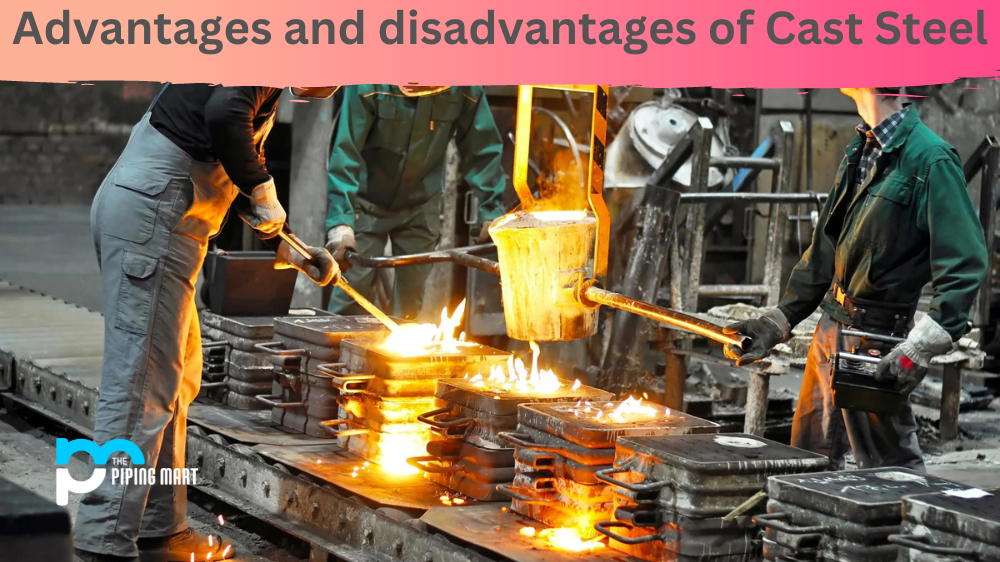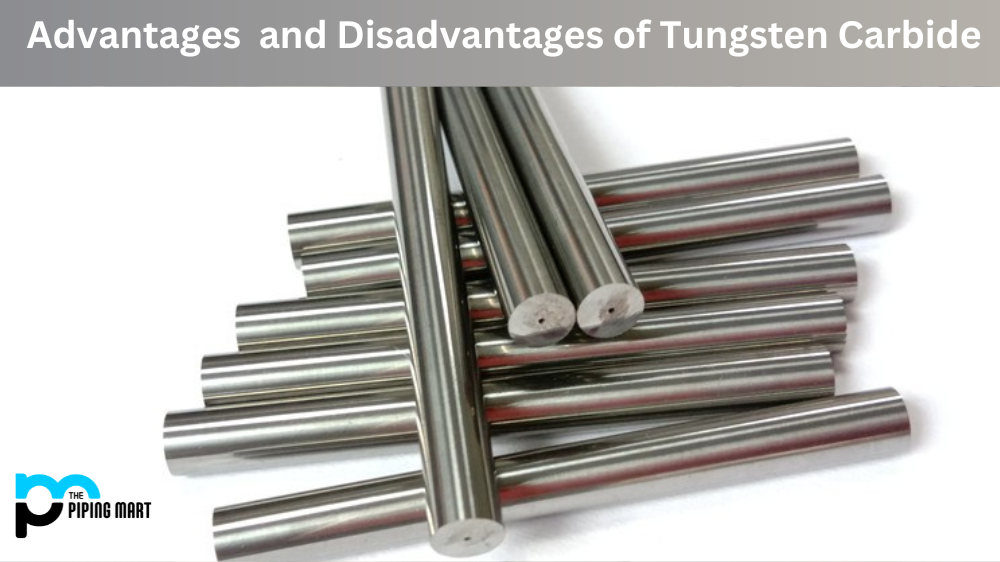When choosing the right steel for a knife, there are so many options that it can be overwhelming. Among the various types of steel, 4CR13 and 5CR15 are two of the most popular. They are often used in budget-friendly knives and offer decent performance for their price range. However, there are some notable differences between the two that you should be aware of before making a choice. In this blog post, we will discuss the differences between 4CR13 and 5CR15 steel and help you decide which one is better suited for your needs.
What is 4CR13 Steel?
4CR13 Steel is a grade of martensitic stainless Steel. It’s made with a composition of four parts chromium and thirteen parts carbon, and it’s known for its ability to retain strength at elevated temperatures up to 1300°F. This material is also often used in making cutlery, as it has good wear resistance and can be sharpened easily. Additionally, 4CR13 Steel demonstrates excellent corrosion resistance when exposed to normal atmospheric conditions.
What is 5CR15 Steel?
5CR15 steel is a martensitic stainless steel produced by Metallurgica Veneta, an Italian metallurgical firm. It contains 15% chromium and 5% carbon, making it highly durable and corrosion-resistant. High hardness and resilience make 5CR15 the ideal choice for producing knives, scissors, surgical instruments, and precision tools.
Difference Between 4CR13 and 5CR15 Steel
Composition:
The first and foremost difference between 4CR13 and 5CR15 steel is their chemical composition. 4CR13 steel contains 0.4% carbon and 13% chromium, whereas 5CR15 steel contains 0.5% carbon and 15% chromium. The higher percentage of carbon and chromium in 5CR15 steel means it is slightly harder and more corrosion-resistant than 4CR13 steel. However, this also means that 5CR15 steel may be more difficult to sharpen.
Hardness:
Another significant difference between 4CR13 and 5CR15 steel is their hardness level. 4CR13 steel has a hardness of 56-58 HRC, whereas 5CR15 steel has a hardness of 58-60 HRC. This means that 5Cr15 steel can hold an edge longer and is more wear-resistant than 4CR13 steel. However, it also means that 5CR15 steel can be more brittle and can chip or break under heavy use.
Price:
One of the most notable differences between 4CR13 and 5CR15 steel is their price point. 4CR13 steel is generally cheaper than 5CR15 steel, making it a common choice for budget-friendly knives. However, remember that the lower price also means lower quality and performance. If you’re looking for a knife that can handle heavy use and last for years, it may be worth investing in a knife made with 5CR15 steel.
Usage:
Finally, the choice between 4CR13 and 5CR15 steel ultimately depends on your intended usage. If you’re looking for a knife that you can use for basic tasks like cutting meat or vegetables, 4CR13 steel is a good choice. However, if you’re looking for a knife that can handle more demanding tasks like chopping wood or cutting through bone, 5CR15 steel is the better choice. Additionally, if you live in a humid or coastal area where corrosion is a concern, 5CR15 steel is a better choice since it is more corrosion-resistant.
Conclusion:
In conclusion, 4CR13 and 5CR15 steel are two popular choices for budget-friendly knives with decent performance. However, they have noticeable differences in composition, hardness, price, and usage. If you’re looking for a knife that can handle basic tasks and is easy to sharpen, 4CR13 steel is a good choice. However, if you want a knife that can withstand heavy use and last for years without rusting or corroding, 5CR15 steel is a better choice. Ultimately, the choice between the two depends on your preference and intended usage.
Meet Heer, a dynamic and driven writer learning tricks of her trade in the metal industry. With a background in Digital Marketing, Heer brings a unique perspective to her writing, sharing valuable insights. Apart from blogging she like reading and hiking.




